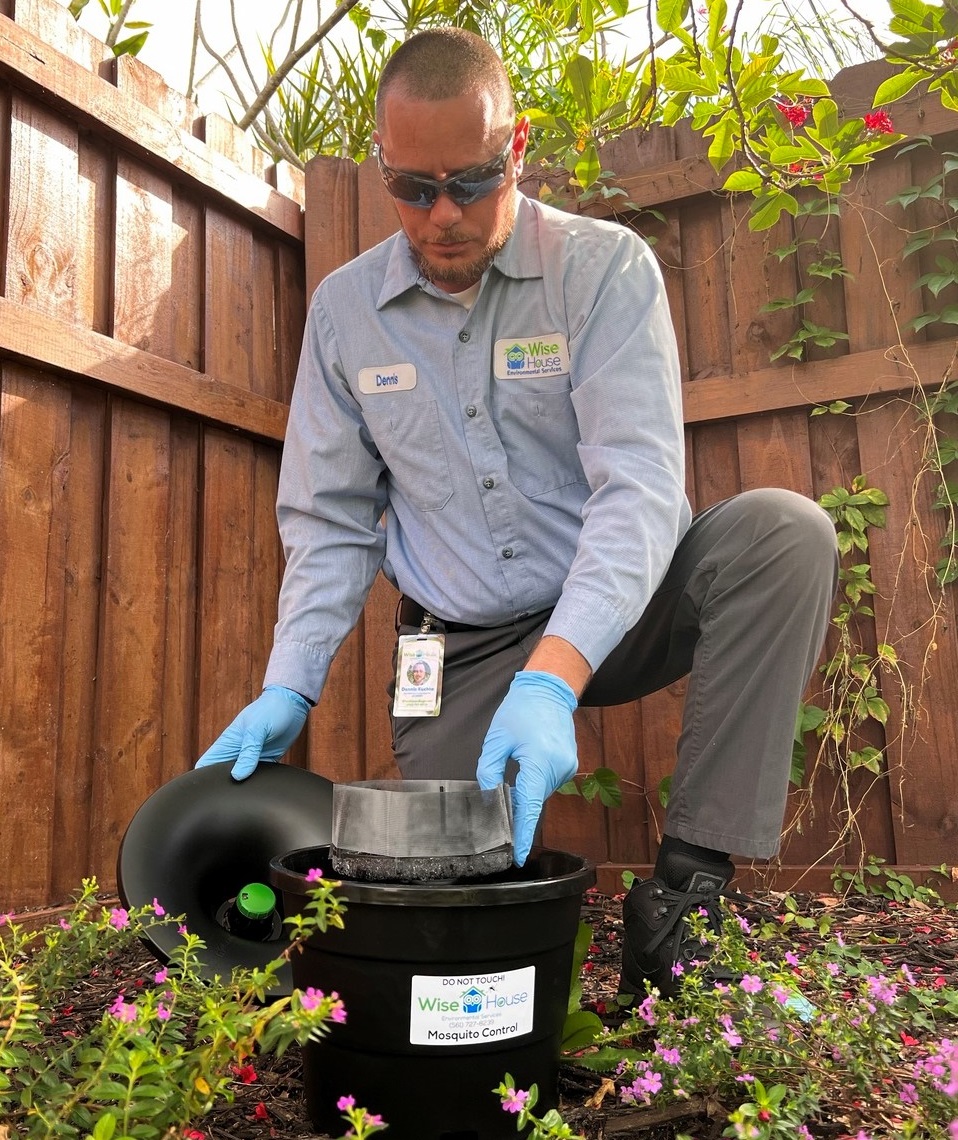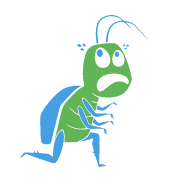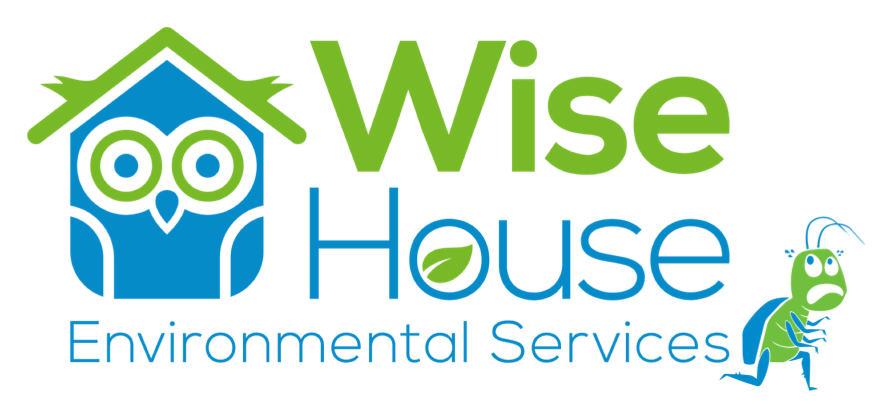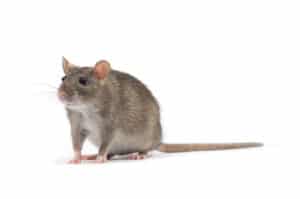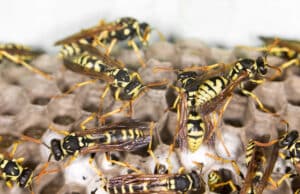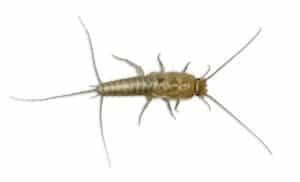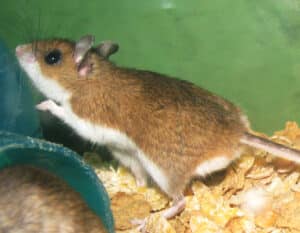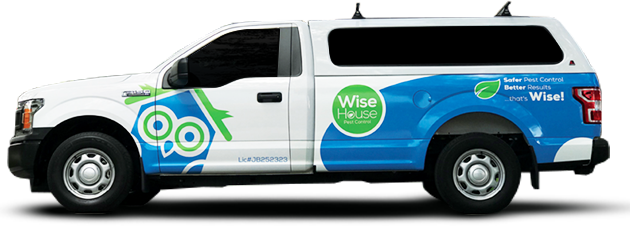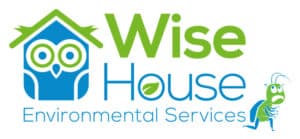Drywood Termites in South Florida
Cryptotermes brevis, Incisitermes minor, and other species
Silent destroyers that infest dry wood structures, causing significant damage over time.
Pest Stats
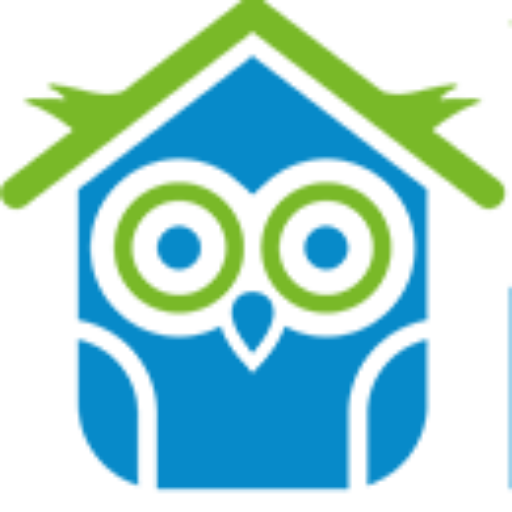
Color
Light to dark brown, depending on the species.

Size
Alates (winged termites) are approximately 7/16 to 1/2 inch long, including wings; workers are about 1/4 inch long

Shape
Elongated bodies with straight antennae, broad waists, and two pairs of wings of equal length

Region
Found throughout South Florida, especially in coastal areas, humid regions, and areas with older wooden structures
What Are Drywood Termites?
Read More
Workers of the drywood termite (Cryptotermes domesticus) — a species prevalent in South Florida — displaying their characteristic pale exoskeletons and head morphology. Photo by Ra Inta, CSIRO, licensed under CC BY 3.0.
Workers of the drywood termite (Cryptotermes domesticus) — a species relevant to South Florida — displaying their characteristic pale exoskeletons and head morphology. Photo by Ra Inta, CSIRO, licensed under CC BY 3.0.
Where Do Drywood Termites Live in South Florida?
Drywood termites in South Florida establish colonies in dry, undecayed wood, making them particularly dangerous to homes with wooden structures. Unlike subterranean termites that require constant soil contact, drywood termites nest directly within wooden beams, walls, and furniture.
- Attics and Roof Eaves: Warm, dry areas like attics are prime nesting spots for drywood termites, especially if the wood is unprotected or untreated.
- Wooden Furniture and Flooring: Infestations often begin in wooden furniture, especially antique pieces that provide ample cellulose for feeding.
- Door and Window Frames: These areas are prone to infestation due to their exposure to the outdoors and frequent moisture accumulation.
- Exposed Wooden Beams and Rafters: Ceiling beams and rafters serve as ideal nesting sites, allowing termites to remain undetected for years.
Furthermore, drywood termites can enter structures through small cracks and crevices, making it essential to seal potential entry points. In South Florida, where humidity levels are consistently high, termites can extract moisture directly from the air, allowing them to thrive without a nearby water source.
Similar Termites
- Subterranean Termites (Reticulitermes flavipes, Coptotermes formosanus)
- Dampwood Termites (Neotermes spp., Zootermopsis spp.)
- Formosan Termites (Coptotermes formosanus)
Biology and Behavior of Drywood Termites in South Florida
Read More
What Do Drywood Termites Eat in South Florida?
Drywood termites in South Florida are cellulose feeders, consuming a wide range of wooden materials, including structural wood, furniture, and paper products. Their diet primarily consists of cellulose, an organic compound found in plant-based materials.
- Structural Wood: Beams, joists, and wall studs are at significant risk of infestation, as termites tunnel through these areas to create extensive galleries.
- Furniture: Wooden furniture, particularly older pieces, can harbor termite colonies, leading to weakened structural integrity and potential collapse.
- Wooden Fixtures: Baseboards, door frames, and window sills provide easy access points for termites to infest and feed on wood.
- Paper and Cardboard: In severe infestations, termites may also consume paper products, books, and cardboard boxes stored in attics or basements.
Moreover, unlike subterranean termites, drywood termites do not need contact with soil to survive. Instead, they derive moisture directly from the wood they consume. This adaptation allows them to infest areas above ground level, leading to widespread, unnoticed damage throughout a structure.
Are Drywood Termites Dangerous in South Florida?
While drywood termites in South Florida do not pose direct health risks to humans, they can cause extensive structural damage that compromises the integrity of buildings. The longer a drywood termite infestation goes undetected, the more severe the destruction becomes.
- Compromised Structural Integrity: As termites tunnel through wooden beams and support structures, they weaken the wood from the inside out, leading to potential collapse.
- Damage to Furniture: Wooden furniture, particularly antique or untreated pieces, is highly susceptible to drywood termite damage. Over time, the hollowing of wood can render furniture unusable.
- Electrical Hazards: In some cases, termites may tunnel through wooden components that house electrical wiring, increasing the risk of electrical shorts and fire hazards.
- Financial Loss: Repairing termite damage can be costly, with severe infestations requiring extensive renovations, fumigation, and structural reinforcement.
While drywood termites in South Florida do not pose direct health risks to humans, they can cause extensive structural damage that compromises the integrity of buildings. The longer a drywood termite infestation goes undetected, the more severe the destruction becomes.
Management of Drywood Termites in South Florida
Controlling drywood termites in South Florida requires a comprehensive, multi-step approach that includes both preventive measures and targeted treatment.
- Fumigation: The most effective method for eliminating large-scale infestations involves sealing the entire structure and introducing a gas that penetrates wood to eradicate termites.
- Localized Treatments: Spot treatments using termiticides can effectively target smaller infestations, especially in accessible areas like baseboards and furniture.
- Heat Treatments: Raising the temperature within the infested area to lethal levels can effectively kill termites without the use of chemicals.
- Wood Replacement: Severely damaged wood may need to be removed and replaced to restore structural integrity and prevent re-infestation.
- Preventive Barriers: Applying residual insecticides along potential entry points can deter termites from establishing new colonies.
5 Ways To Keep Drywood Termites Out Of Your Home
These proactive steps will help keep them away, but if you’re still seeing signs of these termites, the professionals at Wise House Environmental Services are just a call away.

Seal Cracks and Gaps
Inspect windows, door frames, and foundation cracks for openings, and seal them with caulk or weatherstripping to prevent drywood termites from entering.

Reduce Indoor Humidity
Use dehumidifiers and ensure proper ventilation in attics, basements, and crawl spaces to minimize moisture that attracts drywood termites.

Inspect Wooden Furniture Regularly
Check wooden furniture, especially older or second-hand pieces, for signs of frass, kick-out holes, or hollow-sounding wood.

Keep Wood Away from the Exterior Walls
Avoid storing firewood, lumber, or wooden debris against the exterior of your home, as these materials can provide easy access for termites.

Schedule Annual Termite Inspections
Regular inspections by a pest control professional can detect early signs of drywood termite activity before severe damage occurs.
Concerned About Drywood Termites in South Florida?
If you suspect a drywood termite infestation, Wise House Environmental Services offers comprehensive inspections, effective treatment plans, and ongoing monitoring to protect your home. Our experienced team utilizes targeted control methods to eliminate drywood termites and prevent future infestations.
Contact Wise House Environmental Services at 1-800-283-1559 for more information and a free quote on ant control services.
5 Ways to Prevent Drywood Termites in Your Home

Apply a Preventive Treatment
Consider a professional termite barrier treatment to protect wooden structures from termite infestations.

Maintain a Clean Perimeter
Remove wood debris, leaf litter, and tree branches near your home to reduce potential nesting sites.

Use Treated Wood for Construction
Opt for pressure-treated or termite-resistant wood for decks, fences, and other exterior structures.

Monitor Attics and Crawl Spaces
Inspect attics, crawl spaces, and roof eaves for termite activity, as these areas are common nesting sites.

Keep Gutters and Downspouts Clean
Clear out leaves and debris that can accumulate moisture, attracting termites to your home’s wooden structures.
Our Customers Love Us!
See What They Are Saying


- Michael C.

- John U

- Benjamin N.

- Bob G.

- Aaron C.
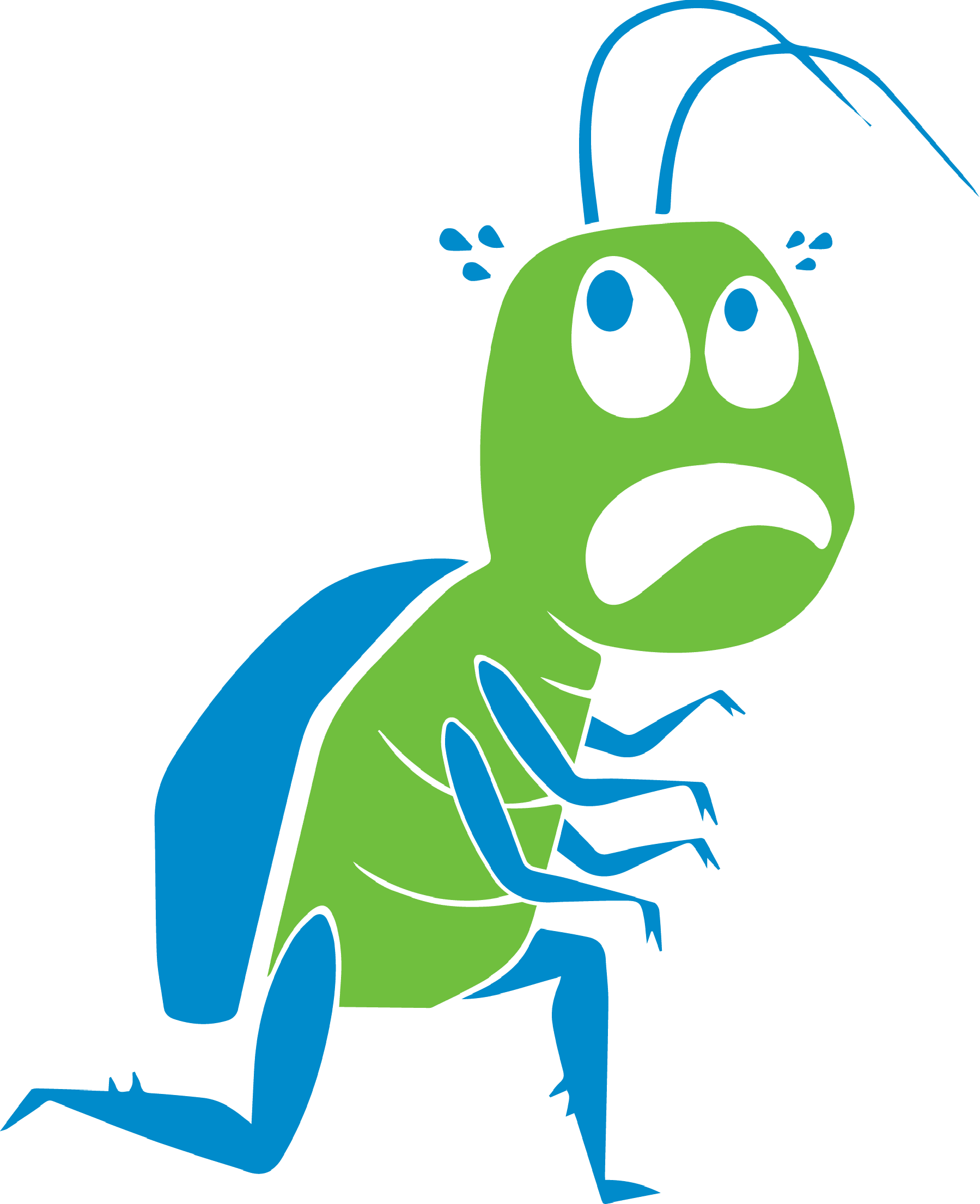
Dedicated To Being The Pest Control Company You Can Rely On
Request a professional estimate!
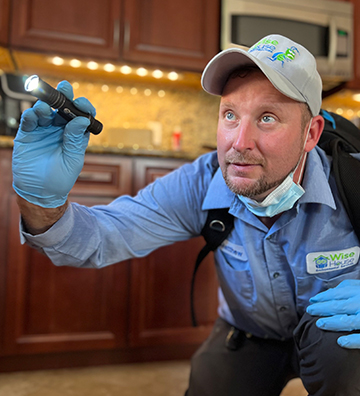
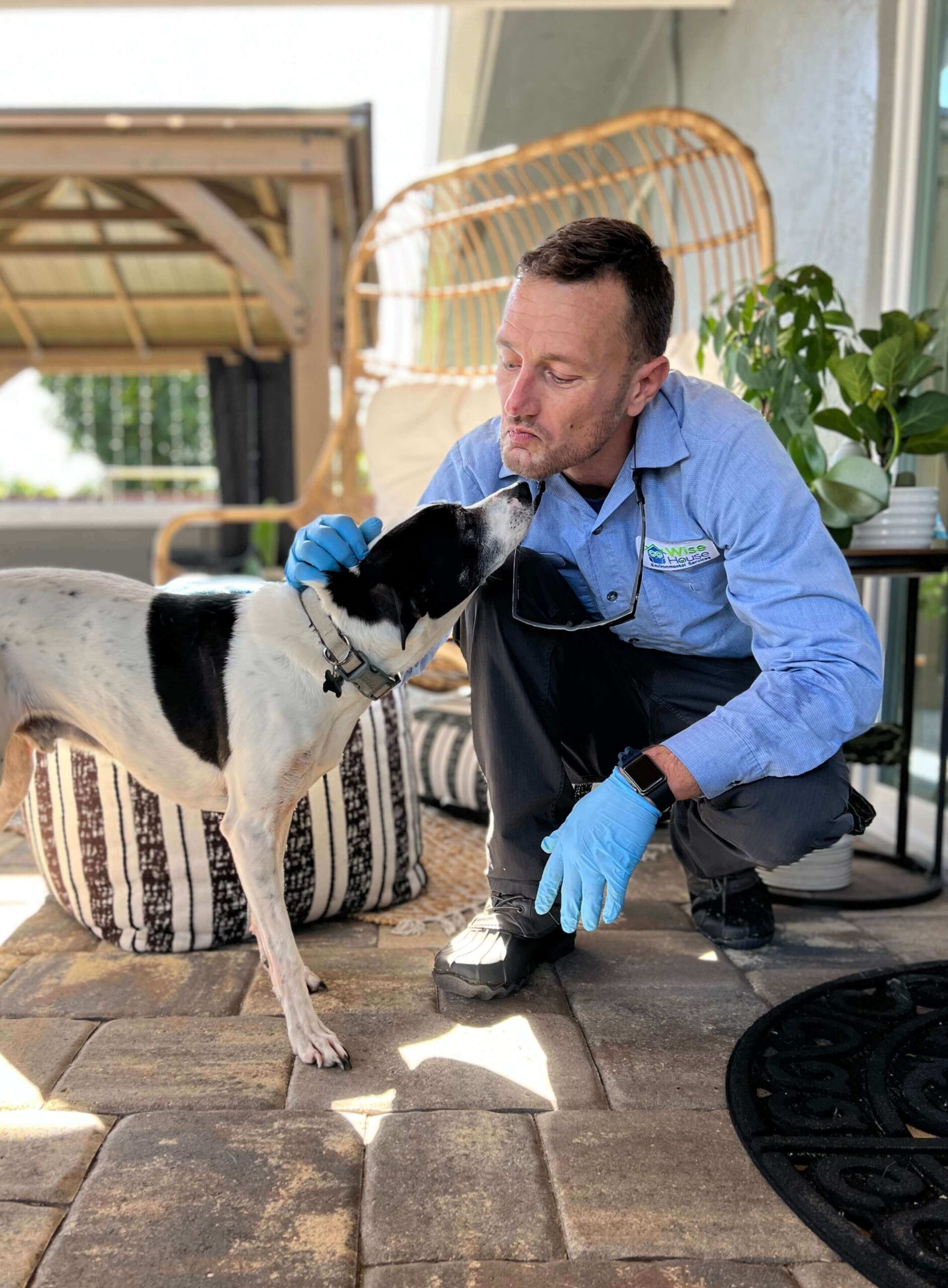
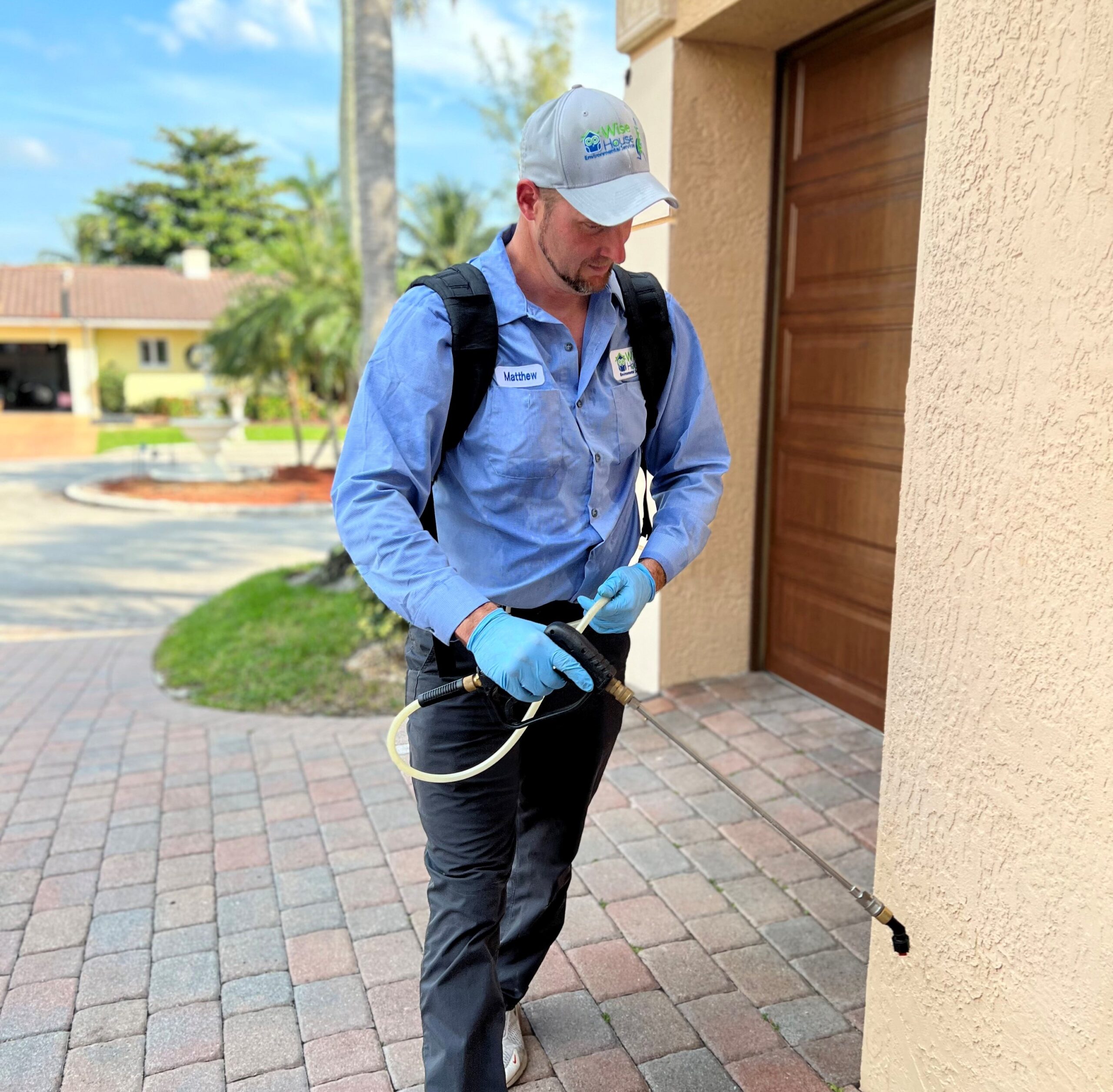
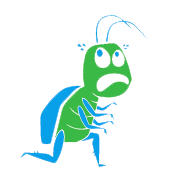
Request a Profesional Ant Quote!
Get an estimate!
